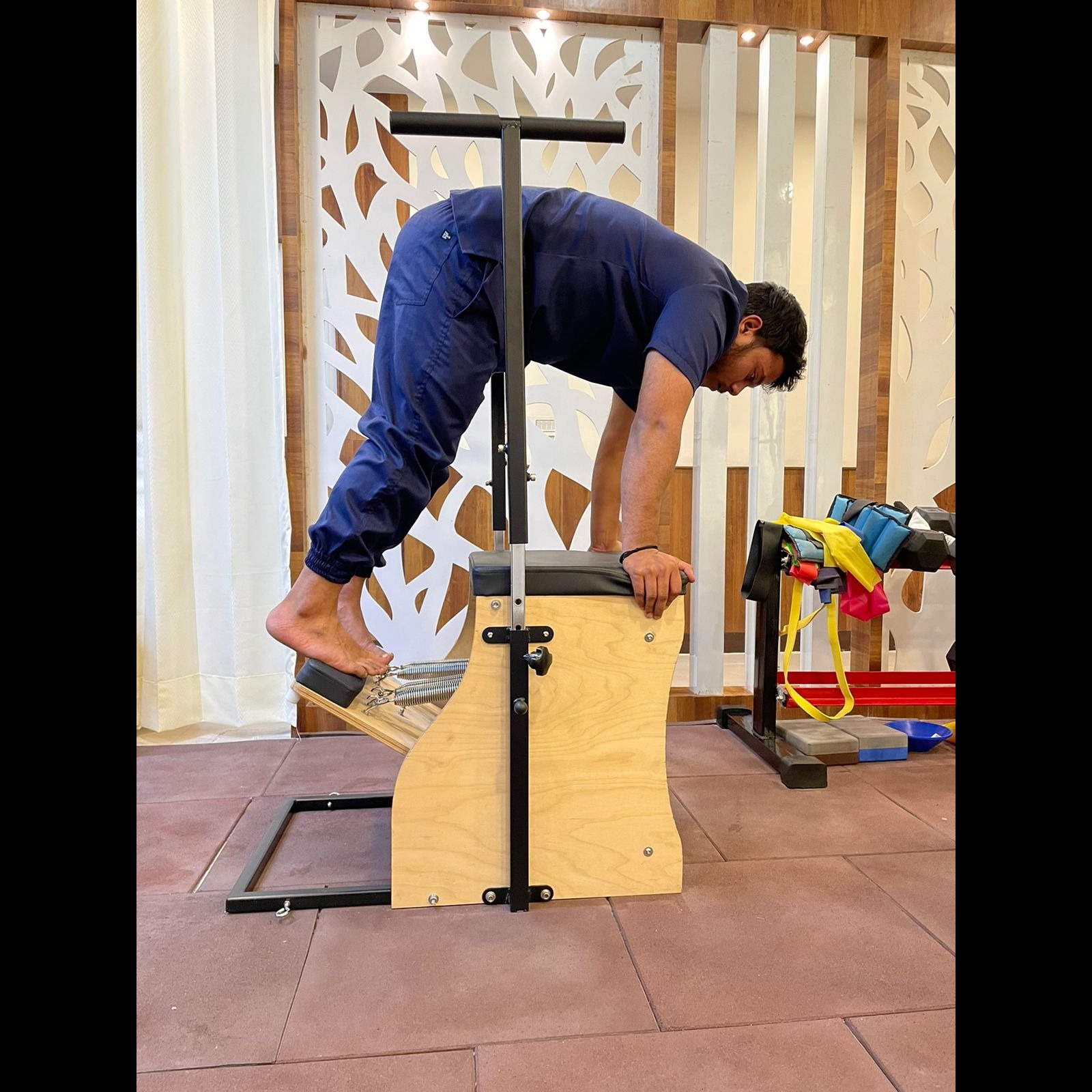



Best core activation at Physionautics it’s not just about abs: The hidden benefits of core activation in rehab and tired of nagging back pain or you’re recovering from an injury, surgery, or simply want to feel better day-to-day Core activation is one of the most effective ways to relieve and prevent it, a strong core is essential. When people think of ‘core’, they often picture six-pack abs. But there’s so much more to it! In our clinic, we focus on deep core activation to improve stability, prevent injuries, and support long-term recovery In our Physionautics, we focus on core activation to help you regain strength and reduce discomfort. Discover how simple exercises can make a world of difference in your rehabilitation journey. 1. Pain Management chronic pain relief: physiotherapy helps reduce or manage chronic pain through techniques such as manual therapy, heat/cold treatments, ultrasound therapy, and electrical stimulation. Post-surgery pain relief: After surgeries (e.g., joint replacements, spine surgeries), physiotherapists guide patients through rehabilitation to reduce post-operative pain and swelling. 2. Improving Mobility and Function Restoring function: Physiotherapy focuses on improving the range of motion, strength, and flexibility in joints and muscles. This is especially important after injuries like fractures or sprains. 3. Preventing Injury Musculoskeletal assessments: By identifying imbalances, weaknesses, or misalignments in posture or movement, physiotherapists can develop preventive exercise programs to reduce the risk of future injuries. 4. Rehabilitation After Injury or Surgery Restoration of strength: After an injury, physiotherapists work with patients to rebuild strength in the affected area, ensuring a safe and gradual return to regular activities. post-surgery rehabilitation: Following surgery (e.g., ACL repair, rotator cuff surgery), physiotherapy helps in the process of healing and regaining normal functionality. 5. Enhancing Posture and Body Alignment poor posture is a common cause of musculoskeletal pain. Physiotherapists provide posture correction techniques and exercises to improve spinal alignment, reduce pain, and prevent long-term issues. 6. Treatment for Neurological Conditions Stroke rehabilitation: Physiotherapy helps stroke patients regain motor skills and independence through specific exercises designed to improve balance, coordination, and movement. conditions like multiple sclerosis and Parkinson’s disease: Targeted physiotherapy programs can slow down the progression of motor impairments and enhance mobility. 7. Improving Cardiopulmonary Function For individuals with heart or lung conditions, physiotherapists design exercise regimens to improve cardiovascular endurance, breathing techniques, and overall stamina. 8. Pelvic Health Physiotherapists work with individuals experiencing pelvic floor issues, such as incontinence, prolapse, or post-pregnancy recovery. Specific pelvic exercises help strengthen the pelvic floor muscles. 9. Education and Self-Management Lifestyle education: Physiotherapists educate patients on injury prevention, proper body mechanics, posture, ergonomic setups, and daily exercises. self-management techniques: Teaching patients how to manage their condition or prevent flare-ups through home exercises and strategies for pain control. 10. Improving Balance and Coordination Physiotherapy can be especially helpful for older adults who are at risk of falls. Balance training and strengthening exercises reduce the risk of falls and help improve coordination. Techniques Used in Physionautics Manual therapy: Hands-on techniques (e.g., massage, joint mobilization) to relieve pain and improve movement. Exercise therapy: A customized exercise plan to restore strength, flexibility, and mobility. Heat and cold therapy: Used to manage pain, swelling, and muscle stiffness. Postural training: Educating and correcting posture to prevent future injuries.
We hate spam too.